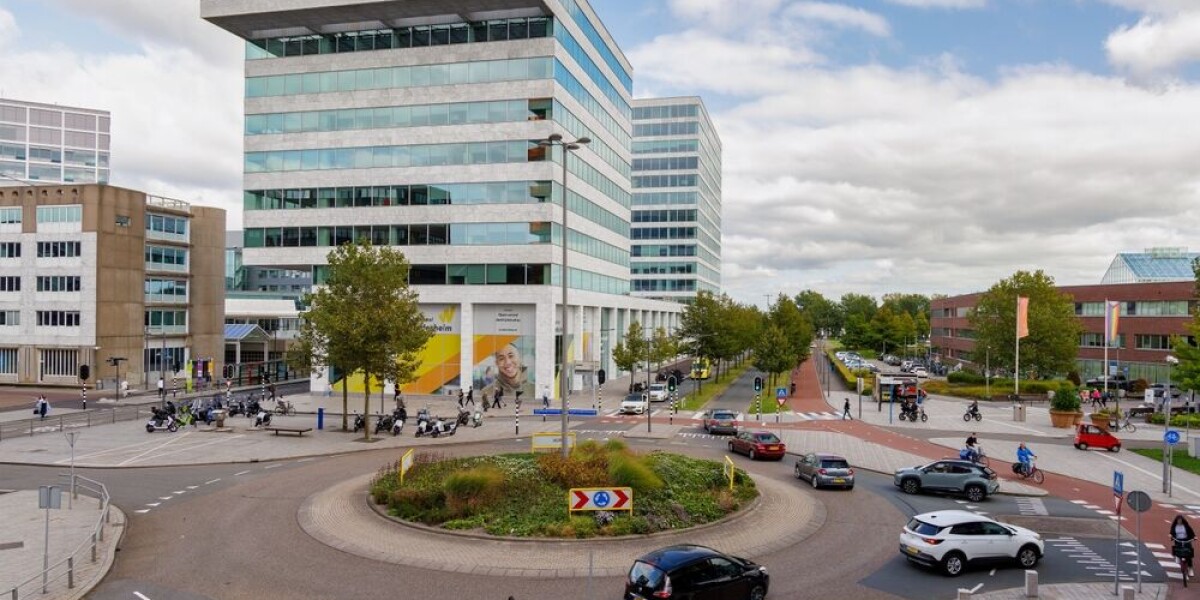
- Select a language for the TTS:
- UK English Female
- UK English Male
- US English Female
- US English Male
- Australian Female
- Australian Male
- Language selected: (auto detect) - EN
Play all audios:
THE ROUNDABOUTS ARE DESIGNED TO MAKE ROADS SAFER FOR CYCLISTS ‘Dutch-style’ roundabouts are becoming increasingly common in France, particularly in Paris, and are designed to enable vehicle
drivers and cyclists to better ‘co-exist’, say proponents. The roundabouts are so-called because they are inspired by the Netherlands where cycling is very popular. They are designed to make
it safer for cyclists to use and reduce the risk of blind spots and dangerous vehicle-bike collisions. HOW DO THE ROUNDABOUTS WORK? * They have a ‘second’ roundabout - which is a cycle lane
- around the main one used by motorised vehicles * They are designed to offer everyone the best possible visibility at every junction * Cyclists have priority when entering and exiting the
roundabout Read also: Nice trials video software to fine drivers who block cycle routes Read more: New type of traffic light aims to improve cyclist safety in France WHERE ARE THESE
ROUNDABOUTS IN FRANCE? Some were recently built in the Paris region, notably in the towns of Bures-sur-Yvette (Essonne) and in Créteil (Val-de-Marne). Another was put in place in
Clermont-Ferrand (Puy-de-Dôme) last year, after they were also introduced in Rennes (Ille-et-Vilaine) and Brest (Finistère). They appear to be well-used and well-received by cyclists and may
become even more popular and widespread as a result. However, cycling associations have said that there is still work to be done to convince motorists of the new system. For example, the
group Mieux se déplacer à bicyclette (‘Getting around better by bike’) have been campaigning for better awareness and increased adoption of this type of roundabout in a bid to win over more
drivers, reports Capital. CYCLING SAFETY The roundabouts come after a report published in 2022 showed a sharp rise in the number of cyclist deaths - up 30% compared to 2019. This was blamed
partly on the reported increase in cyclists on the roads since the Covid pandemic. In early 2023, a serious crash - in which a drunk driver ran into the back of a group of young bike riders
in Brittany, seriously injuring two of them - prompted renewed debates on how to make cycling safer in France. Read also: France to spend €43m to improve cycling paths At the time, safety
campaigner Teodoro Bartuccio - an Olympic cycling trainer, who founded the Mon vélo est une vie association (‘My bike is a life’) - called for an in-depth debate on transport to decide how
to make cycling safer. “We have worked hard in Paris and other cities on cycle lanes and it is starting to have an effect, because there are more and more cyclists,” he told The Connexion.
However, he called for more to be done in the countryside and warned that many cyclists had even experienced “deliberate violence from motorists”. In October 2024, an SUV driver in Paris was
charged with murder and is accused of deliberately running over a cyclist in a road rage incident. The incident sparked protests calling for a crackdown on road rage and improved cyclist
safety in France. Read also: Road Rage Protests in France: Cyclist Groups Demand Action After Tragic Incident








